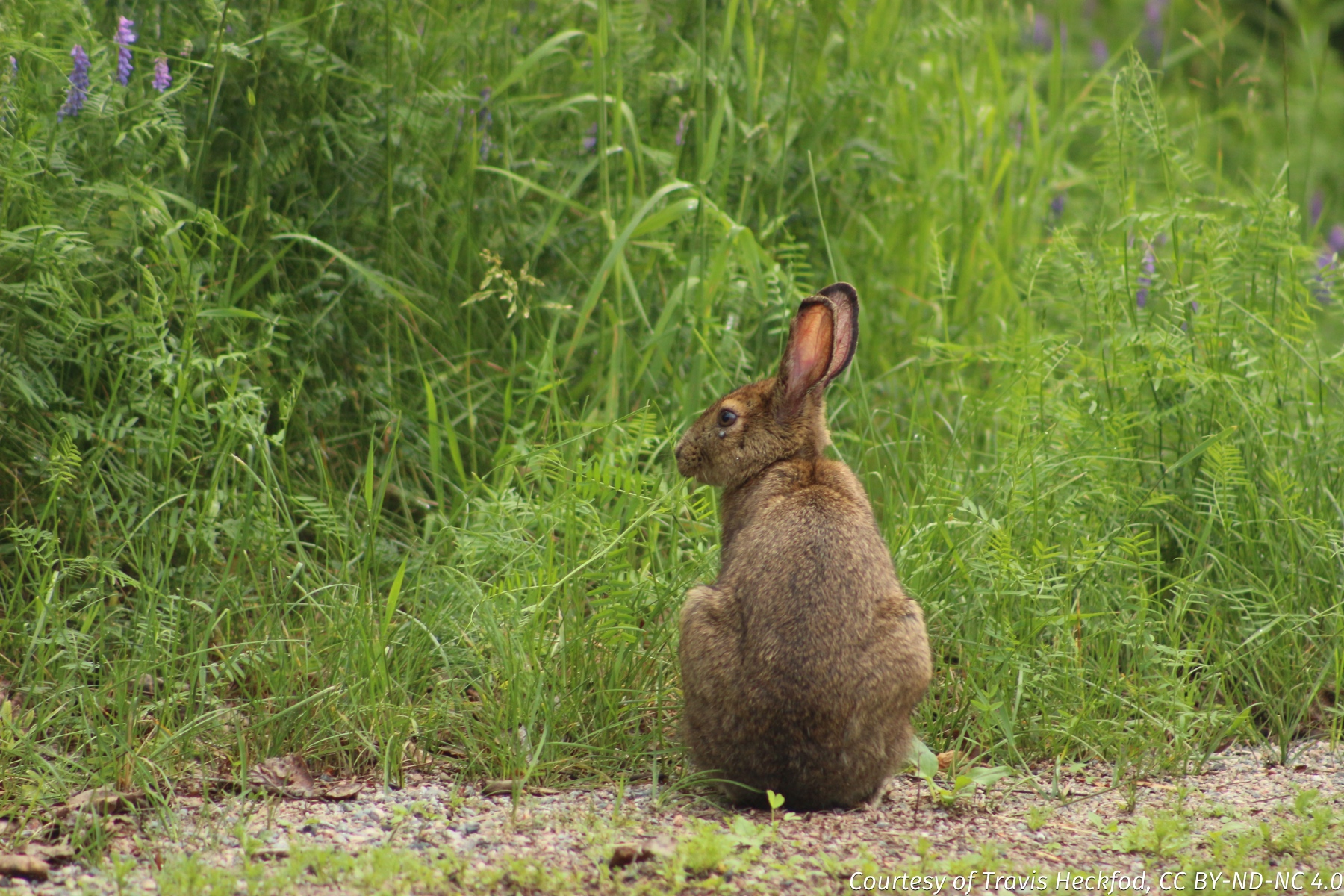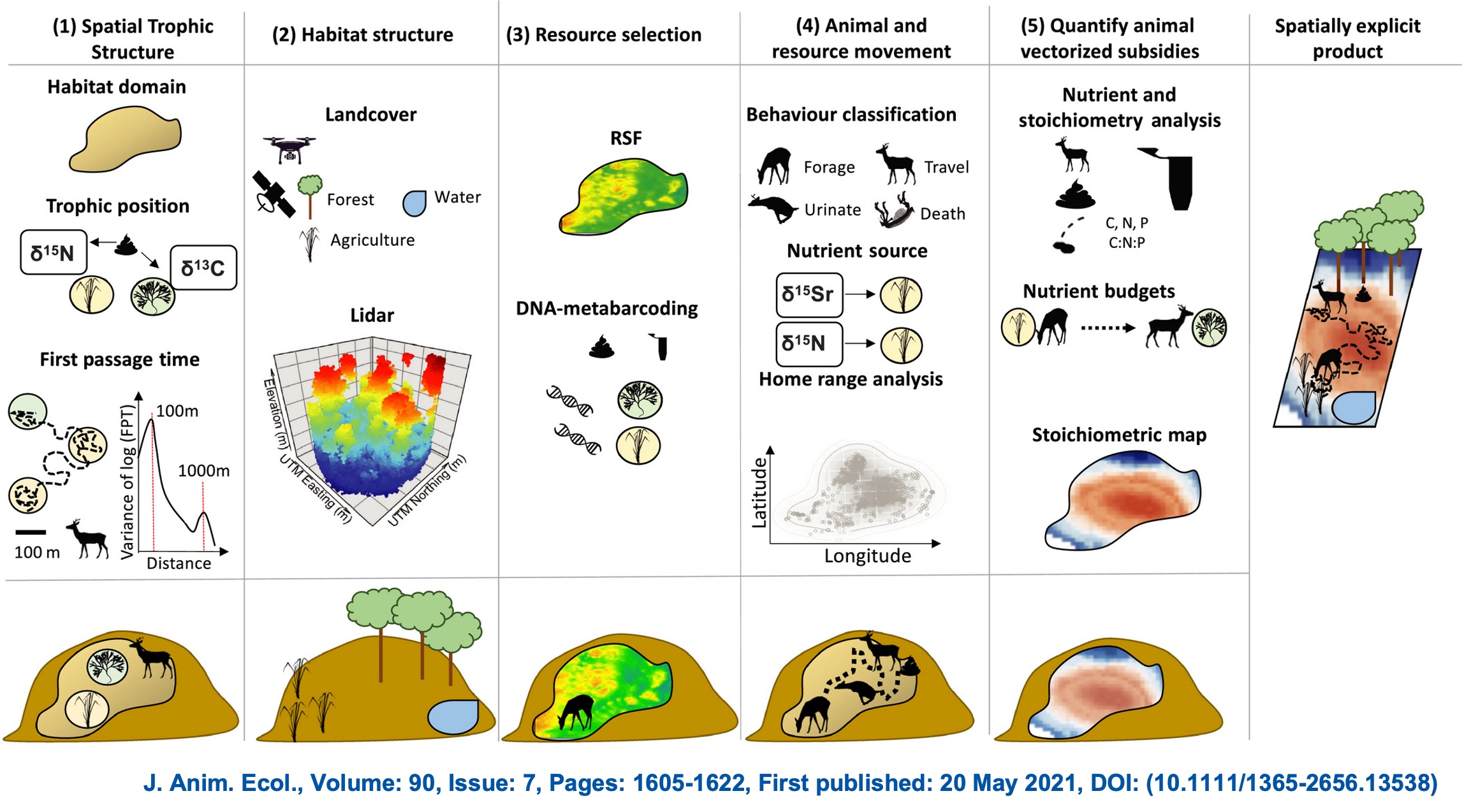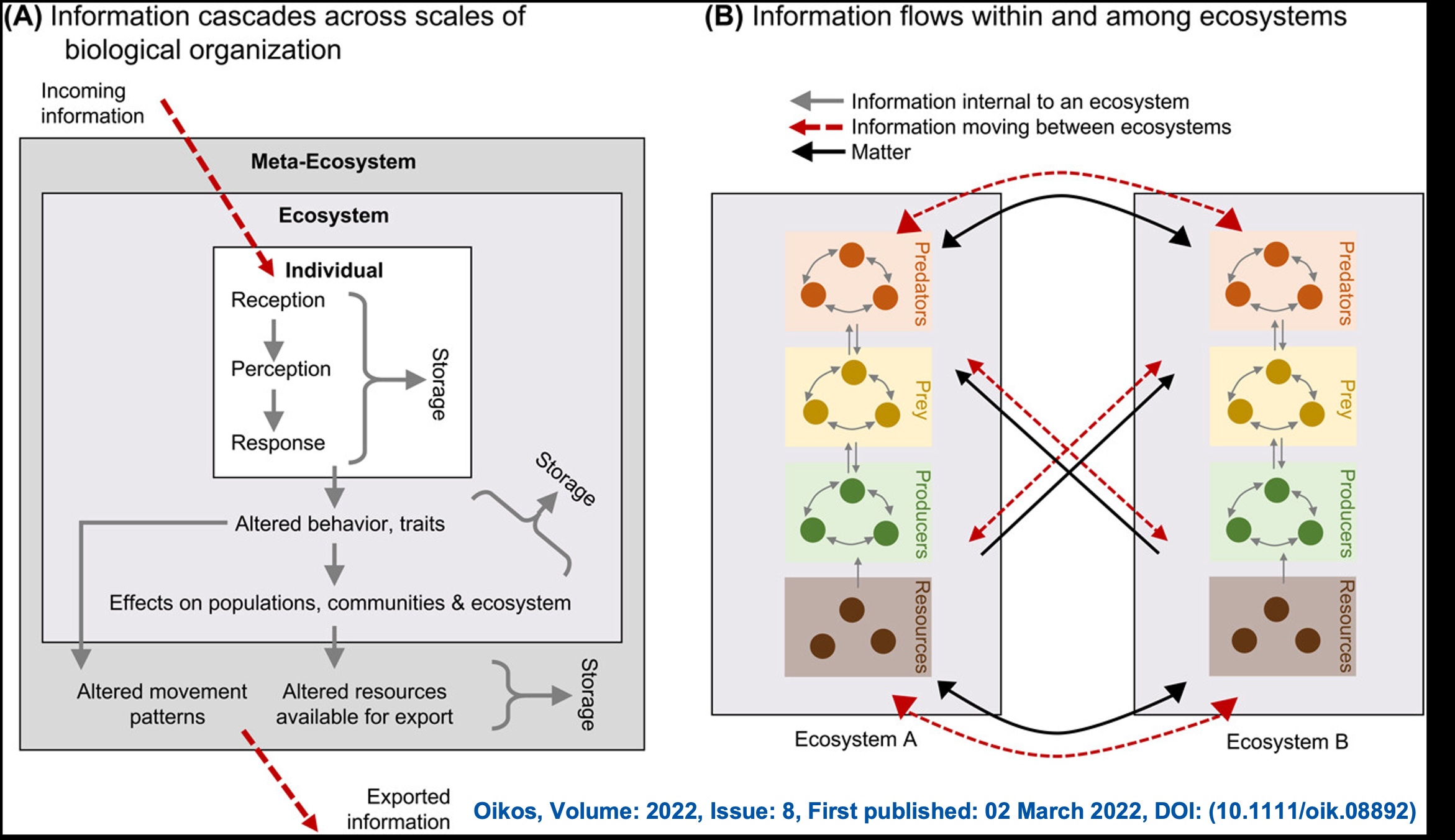Sitemap
A list of all the posts and pages found on the site. For you robots out there is an XML version available for digesting as well.
Pages
Posts
Future Blog Post
Published:
This post will show up by default. To disable scheduling of future posts, edit config.yml and set future: false.
Blog Post number 4
Published:
This is a sample blog post. Lorem ipsum I can’t remember the rest of lorem ipsum and don’t have an internet connection right now. Testing testing testing this blog post. Blog posts are cool.
Blog Post number 3
Published:
This is a sample blog post. Lorem ipsum I can’t remember the rest of lorem ipsum and don’t have an internet connection right now. Testing testing testing this blog post. Blog posts are cool.
Blog Post number 2
Published:
This is a sample blog post. Lorem ipsum I can’t remember the rest of lorem ipsum and don’t have an internet connection right now. Testing testing testing this blog post. Blog posts are cool.
Blog Post number 1
Published:
This is a sample blog post. Lorem ipsum I can’t remember the rest of lorem ipsum and don’t have an internet connection right now. Testing testing testing this blog post. Blog posts are cool.
portfolio
Ecology of Individuals
Organisms are the starting point of my research, and I am interested in the constant feedback and feedforward mechanisms that exist among them and with their environment. 
Ecology of Ecosystems
Organisms are not isolated from their enviroment and I am interested in how their behaviour and biogeochemical roles influence ecosystem structure and functions. 
Theoretical Ecology
Between fieldwork bouts, I grew interested in quantitative and theoretical ecology. I use mathematical models and literature data to build general frameworks that help interpret and integrate empirical insights. 
publications
1. Rizzuto, M.✉, Carbone, C. and Pawar, S. (2018). Foraging constraints reverse the scaling of activity time in carnivores. Nature Ecology and Evolution, 2(2), 247–253. Cover story
Published in , 1900
2. Rizzuto, M.✉, Leroux, S.J., Vander Wal, E., Wiersma, Y.F., Heckford, T.R., Balluffi-Fry, J. (2019). Patterns and potential drivers of intraspecific variability in the body C, N, P composition of a terrestrial vertebrate, the snowshoe hare (Lepus americanus). Ecology and Evolution, 9, 14453–14464. 
Published in , 1900
3. Balluffi-Fry, J.✉, Leroux, S.J., Wiersma, Y.F., Heckford, T.R., Rizzuto, M., Richmond, I.C., Vander Wal, E. (2020). Quantity-quality trade-offs revealed using a multiscale test of herbivore resource selection on elemental landscapes. Ecology and Evolution, 10, 13847–13859. 
Published in , 1900
4. Richmond, I. C.✉, Leroux, S.J., Vander Wal, E., Heckford, T.R., Rizzuto, M., Balluffi-Fry, J., Kennah, J., Wiersma, Y.F. (2021). Temporal variation and its drivers in the elemental traits of four boreal plant species. Journal of Plant Ecology, 14(3), 398–413
Published in , 1900
5. Ellis-Soto, D.✉, Ferraro, K.M., Rizzuto, M., Briggs, E., Monk, J.D., and Schmitz, O.J. (2021) A Methodological Roadmap to Quantify Animal-vectored Spatial Ecosystem Subsidies. Journal of Animal Ecology, 90(7), 1605–1622. Winner, Sidnie Manton Award 2021
Published in , 1900
6. Rizzuto, M.✉, Leroux, S.J., Vander Wal, E., Richmond, I.C., Heckford, T.R., Balluffi-Fry, J., Wiersma, Y.F. (2021) Forage stoichiometry predicts the home range size of a small terrestrial herbivore. Oecologia, 197(2), 327–338. Winner, Hanski Prize 2021
Published in , 1900
7. Heckford, T.R.✉, Leroux, S.J., Vander Wal, E., Rizzuto, M., Balluffi-Fry, J., Richmond, I.C., Wiersma, Y.F. (2022). Spatially explicit correlates of plant functional traits inform landscape patterns of resource quality. Landscape Ecology, 37, 59–80.
Published in , 1900
8. Richmond, I.C.✉, Balluffi-Fry, J., Vander Wal, E., Leroux, S.J., Rizzuto, M., Heckford, T.R., Kennah, J.L., Riefesel, G.R., Wiersma, Y.F. (2022) Individual snowshoe hares manage risk differently: Integrating stoichiometric distribution models and foraging ecology. Journal of Mammalogy, 103(1), 196–208.
Published in , 1900
9. Balluffi-Fry, J.✉, Leroux, S.J., Wiersma, Y.F., Richmond, I.C., Heckford, T.H., Rizzuto, M., Kennah, J.L., Vander Wal, E. (2022) Integrating plant stoichiometry and feeding experiments: state-dependent forage choice and its implications on body mass. Oecologia, 198(3), 579–591
Published in , 1900
10. Little, C.J.✉, Rizzuto, M.✉, Luhring, T.M., Monk, J.D., Nowicki, R.J., Paseka, R.E., Stegen, J.C., Symons, C.C., Taub, F.B., Yan, J.D.L. (2022) Movement with Meaning: Integrating Information into Meta-Ecology. Oikos, 2022(8), e08892. Editor's Choice 
Published in , 1900
11. Heckford, T.R.✉, Leroux, S.J., Vander Wal, E., Rizzuto, M., Balluffi-Fry, J., Richmond, I.C., Wiersma, Y.F. Ecoregion and community structure influences on the foliar elemental niche of balsam fir (Abies balsamea (L.) Mill.) and white birch (Betula papyrifera Marshall) Ecology and Evolution, 2022(12), e9244. 
Published in , 1900
12. McLeod, A. M.✉, Leroux, S. J., Rizzuto, M., Leibold, M. A., Schiesari, L. Integrating ecosystem and contaminant models to predict the effects of ecosystem fluxes on contaminant dynamics. Ecosphere, 2024, 15(1): e4739. 
Published in , 1900
13. Rizzuto, M.✉, Leroux, S.J., Schmitz, O.J., Vander Wal, E., Wiersma, Y.F., Heckford, T.R. Animal-vectored nutrient flows across resource gradients influence the nature of local and meta-ecosystem functioning. Ecological Modelling, 2024(488), 110570.
Published in , 1900
14. Rizzuto, M.✉, Leroux, S. J., Schmitz, O. J. Rewiring the carbon cycle: a theoretical framework for animal-driven ecosystem carbon sequestration. Journal of Geophysical Research: Biogeosciences, 2024(129), e2024JG008026.
Published in , 1900
talks
Rizzuto, M.†, Carbone, C., Pawar, S. Bio-mechanical constraints on foraging reverse the scaling of activity rate among carnivores.
Published:
Rizzuto, M.†, Leroux, S. J., Vander Wal, E., Wiersma, Y., Heckford, T. R., Balluffi-Fry, J. Life in a Limiting Environment. Ontogeny and Ecological Stoichiometry of Snowshoe hares (Lepus americanus) in the Boreal Forests of Newfoundland.
Published:
Rizzuto, M.†, Leroux, S. J., Vander Wal, E., Wiersma, Y., Heckford, T. R., Balluffi-Fry, J. Beyond Diffusion: Animal-Mediated Nutrient Transport at Different Spatial Scales.
Published:
Rizzuto, M.†, Leroux, S. J., Schmitz, O. J., Vander Wal, E., Wiersma, Y. F., Heckford, T. R. Going against the flow: non-diffusive organismal movement influences local and meta-ecosystem functioning
Published:
Rizzuto, M.†, Leroux, S. J., Schmitz, O. J., Vander Wal, E., Wiersma, Y. F., Heckford, T. R. Movers and shakers: Animal‐ vectored nutrient flows across resource gradients influence local and meta‐ecosystem functioning.
Published:
Rizzuto, M.†, Leroux, S. J., Schmitz, O. J. Modeling the zoogeochemical effects of herbivores on ecosystem carbon cycles.
Published:
Rizzuto, M.†, Leroux, S. J., Schmitz, O. J. Modeling the zoogeochemical effects of herbivores on ecosystem carbon cycles.
Published:
teaching
Introduction to Biological Statistics
Undergraduate Course, Imperial College London - South Kensington Campus, Department of Life Sciences, 2014
Macroecology and Climate Change
Graduate Course, Imperial College London - Silwood Park Campus, Department of Life Sciences, 2014
Statistics
Graduate Course, Imperial College London - Silwood Park Campus, Department of Life Sciences, 2014
Behavioural Ecology
Undergraduate Course, Imperial College London, Department of Life Sciences, 2015
Ecology
Undergraduate Course, Imperial College London, Department of Life Sciences, 2015
Principles of Biology
Undergraduate course, Memorial University of Newfoundland, Department of Biology, 2017
Principles of Ecology
Undergraduate Course, Memorial University of Newfoundland, Department of Biology, 2018
Models in Biology
Mixed Graduate and Undergraduate Course, Memorial University of Newfoundland, Department of Biology, 2020
Industrial Ecology
Graduate Course, Yale University, School of the Environment, 2022
Ecosystems and Landscapes
Graduate Course, Yale University, School of the Environment, 2023
The Modern Instructor Lecture Series
Graduate Course, Yale University, School of the Environment, 2023

 citation
citation